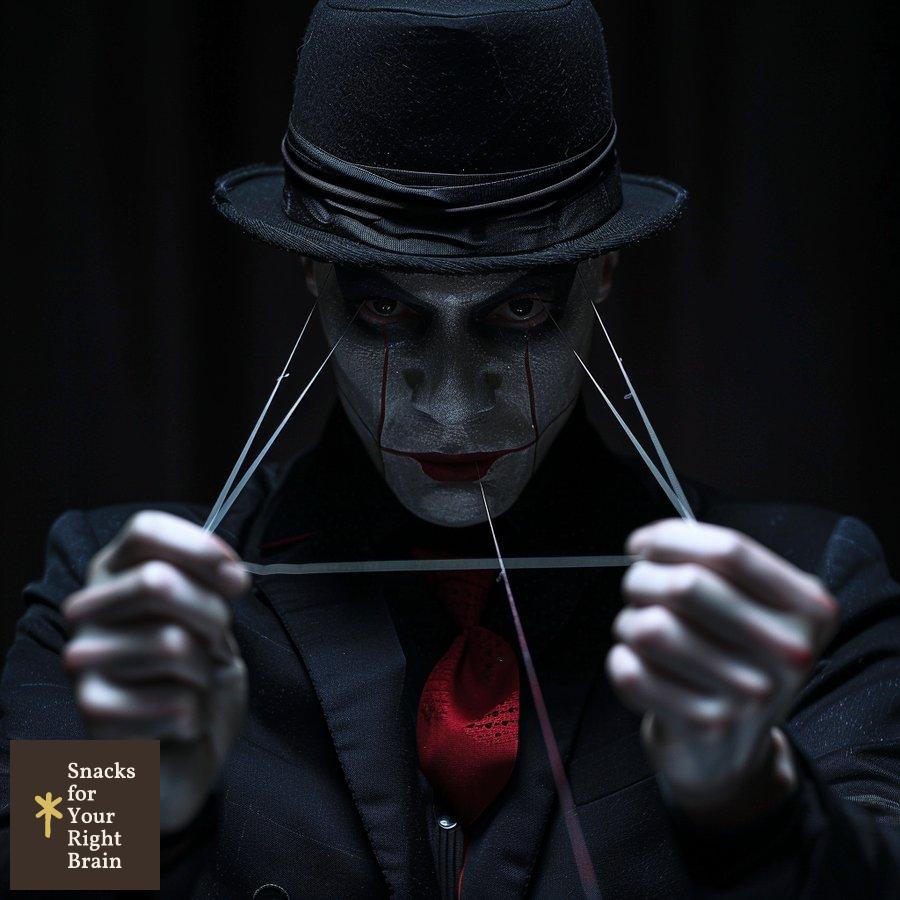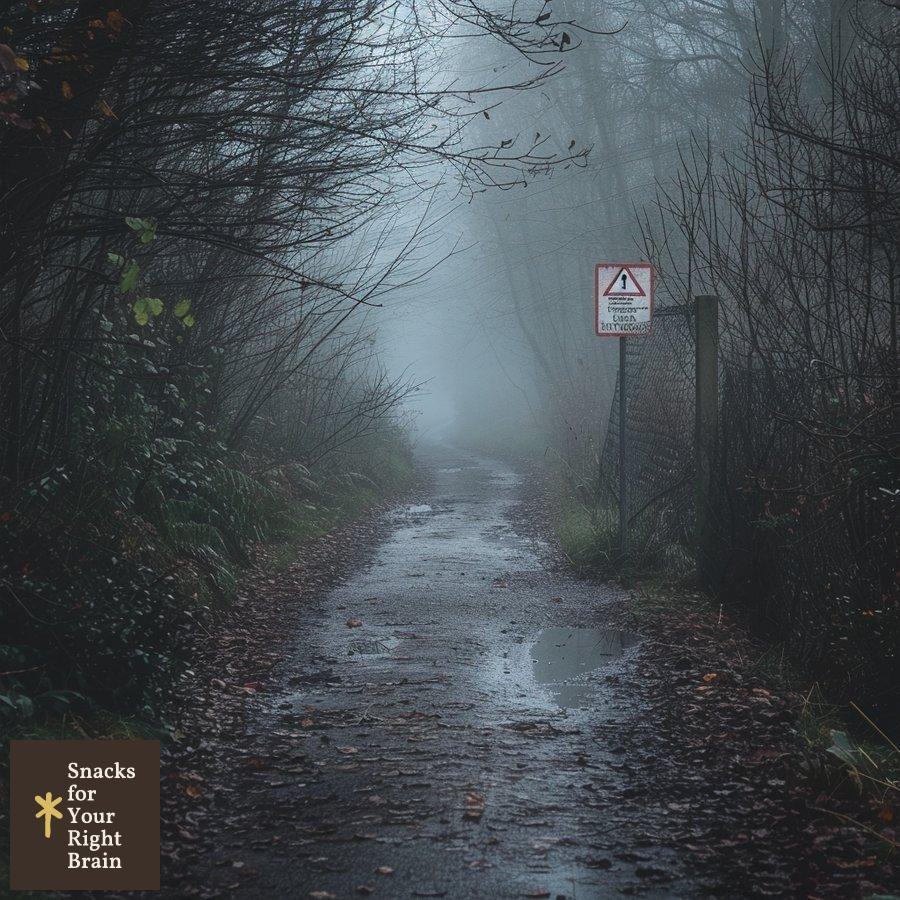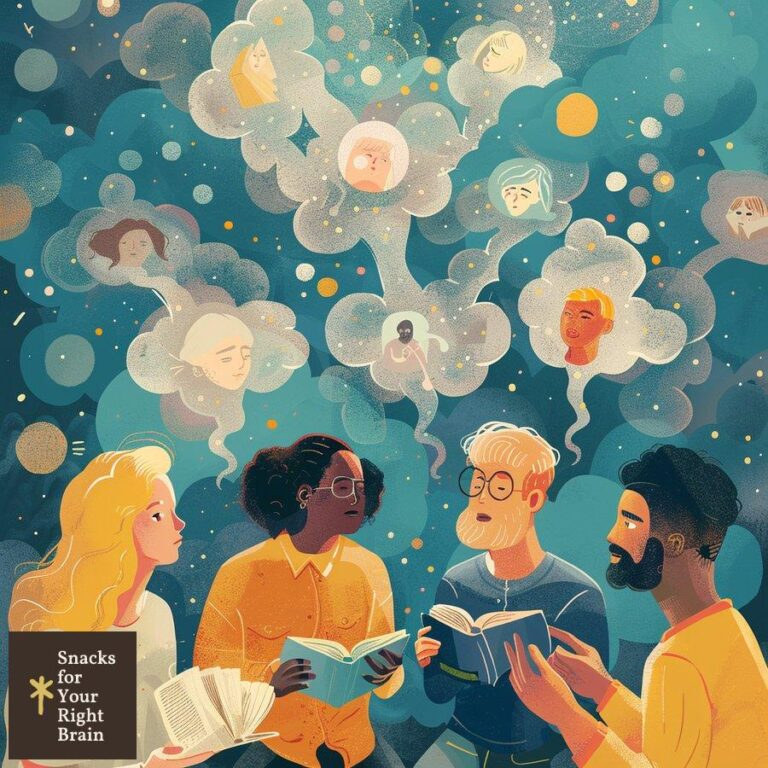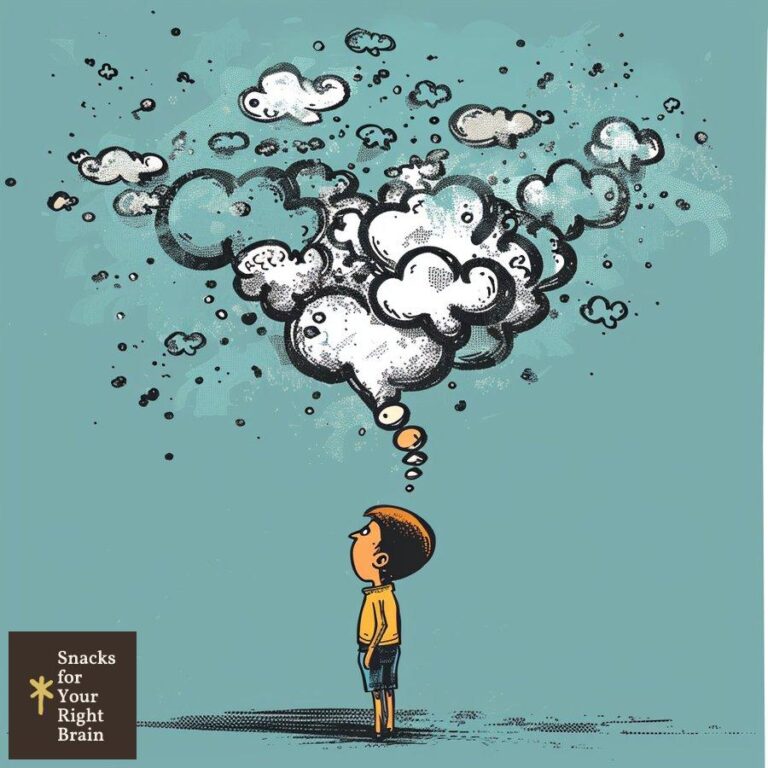What Is an Example of Suspense in a Short Story
What is suspense in short stories?
Suspense in short stories refers to the intense feeling of uncertainty and anticipation that grips readers as they engage with the narrative. It is a critical element that keeps readers on the edge of their seats, eager to discover what will happen next. This emotional tension arises from the interplay of various narrative elements, including plot, character development, and thematic depth.
Suspense can be characterized by several core components:
-
Uncertainty: Readers are left questioning the outcomes of events, creating a sense of unease.
-
Anticipation: The buildup of tension leads readers to anticipate future events, often with a sense of dread or excitement.
-
Conflict: The presence of conflict—whether internal or external—drives the narrative forward and heightens suspense.
The effectiveness of suspense lies in its ability to engage readers emotionally, making them invested in the characters and the unfolding plot. This emotional investment transforms a simple story into a gripping experience, compelling readers to turn the pages.
How do authors create suspense through narrative techniques?
Authors employ various narrative techniques to create suspense, each contributing to the overall tension of the story. These techniques include:
-
Cliffhangers: Ending chapters or sections with unresolved situations leaves readers eager to find out what happens next.

-
Unreliable Narrators: When the narrator’s credibility is in question, readers are left uncertain about the truth, enhancing the suspense.
-
Dramatic Irony: When readers know something that the characters do not, it creates tension as they anticipate the characters’ reactions to impending revelations.
-
Vivid Imagery: Descriptive language that evokes strong sensory responses can create a palpable sense of danger or urgency.
-
Pacing Variations: Alternating between fast-paced action and slower, reflective moments can manipulate the reader’s emotional state, enhancing suspense.
These techniques work together to weave a complex tapestry of tension that captivates readers. By carefully balancing these elements, authors can maintain a high level of suspense throughout their stories.
Which classic short stories exemplify masterful use of suspense?
Several classic short stories are renowned for their masterful use of suspense. Notable examples include:
-
“The Lottery” by Shirley Jackson: This story builds suspense through its seemingly normal setting, gradually revealing the dark and shocking conclusion.
-
“The Tell-Tale Heart” by Edgar Allan Poe: Poe expertly employs an unreliable narrator, creating a sense of dread as the protagonist descends into madness.
-
“The Most Dangerous Game” by Richard Connell: The tension escalates as the protagonist is hunted, with each moment heightening the stakes.
These stories illustrate how suspense can be effectively crafted through narrative structure, character development, and thematic exploration. Each author uses unique techniques to engage readers, making these works timeless examples of suspense in literature.
How does pacing contribute to building tension in short fiction?
Pacing plays a pivotal role in building tension within short fiction. The rhythm at which a story unfolds can significantly impact how suspense is perceived by readers. Key aspects of pacing include:
-
Fast Pacing: Quick, action-packed sequences can create a sense of urgency, propelling readers forward and heightening their emotional response.
-
Slow Pacing: Deliberate, drawn-out moments allow for deeper character exploration and build anticipation as readers await the next development.
-
Pacing Variations: Alternating between fast and slow pacing can create a rollercoaster effect, keeping readers engaged and on edge.
An effective balance of pacing maintains reader interest and amplifies suspense. Authors can manipulate pacing to control the emotional landscape of the story, ensuring that tension remains high throughout.
What role does character perspective play in generating suspense?
Character perspective is crucial in generating suspense, as it shapes how readers experience the narrative. Different perspectives can influence the level of tension in various ways:
-
First-Person Perspective: This viewpoint allows readers to experience the protagonist’s thoughts and feelings intimately, creating a sense of urgency and personal investment in their fate.
-
Third-Person Limited Perspective: By focusing on one character’s experiences, readers gain insight into their fears and uncertainties, heightening suspense as they navigate challenges.
-
Multiple Perspectives: Shifting viewpoints can create dramatic irony, as readers may possess knowledge that characters lack, intensifying the suspense.
The choice of perspective can significantly alter the reader’s connection to the story, enhancing the emotional stakes and overall tension.
How do foreshadowing and limited information heighten reader anticipation?

Foreshadowing and the strategic use of limited information are powerful tools for heightening reader anticipation. These techniques create a sense of intrigue and suspense by:
-
Foreshadowing: Subtle hints or clues about future events can build tension as readers begin to piece together potential outcomes. This technique encourages them to remain engaged, searching for meaning in the narrative.
-
Limited Information: Withholding crucial details from readers can create a sense of mystery. As they attempt to fill in the gaps, their anticipation grows, leading to a more immersive experience.
Both foreshadowing and limited information effectively manipulate reader expectations, enhancing the suspenseful atmosphere of the story.
What are some notable examples of suspense in modern short stories?
Modern short stories continue to explore suspense in innovative ways. Notable examples include:

-
“Cat Person” by Kristen Roupenian: This story builds tension through the protagonist’s internal conflict and the unsettling dynamics of modern dating.
-
“The Paper Menagerie” by Ken Liu: Liu weaves elements of magical realism with suspense, creating emotional depth and tension as the narrative unfolds.
-
“Sticks” by George Saunders: The story’s minimalist style and ambiguous ending leave readers with a lingering sense of unease.
These contemporary works showcase how modern authors adapt traditional suspense techniques to resonate with current themes and societal issues.
How does suspense differ across various short story genres?
Suspense manifests differently across various short story genres, each employing unique conventions to create tension. The following table summarizes how suspense is approached in different genres:
| Genre | Approach to Suspense |
|---|---|
| Horror | Relies on fear and the unknown, often featuring supernatural elements. |
| Mystery | Centers on solving a puzzle, with suspense stemming from clues and red herrings. |
| Thriller | Focuses on high-stakes situations, often involving danger or crime. |
| Literary Fiction | Explores psychological tension and emotional conflict, often with ambiguous outcomes. |
| Science Fiction | Uses speculative elements to create suspense around futuristic or unknown scenarios. |
Understanding these genre-specific approaches allows readers to appreciate the diverse ways in which suspense can be crafted and experienced.
What elements should readers look for when analyzing suspense in short fiction?
When analyzing suspense in short fiction, readers should consider several key elements:
-
Plot Structure: Examine how the plot unfolds and whether it employs techniques like cliffhangers or twists to maintain tension.
-
Character Development: Analyze how characters are portrayed and whether their motivations and fears contribute to the overall suspense.
-
Narrative Techniques: Identify the use of foreshadowing, unreliable narrators, and pacing variations that enhance the suspenseful atmosphere.
-
Themes: Reflect on the underlying themes and how they intersect with the suspense, as this can deepen the emotional impact.
By focusing on these elements, readers can gain a deeper understanding of how suspense functions within a story and appreciate the craftsmanship behind it.
How can readers conduct a close reading to uncover suspenseful elements?
Conducting a close reading involves a meticulous examination of the text to uncover the nuances of suspense. Readers can follow these steps:
-
Read Actively: Engage with the text by annotating key passages, noting moments of tension, and highlighting foreshadowing clues.
-
Analyze Language: Pay attention to word choice, imagery, and tone, as these elements can convey mood and enhance suspense.
-
Examine Structure: Look at the organization of the story, including pacing, chapter breaks, and narrative shifts, to understand how they contribute to suspense.
-
Reflect on Characterization: Consider how characters are developed and their emotional arcs, as this can reveal deeper layers of tension.
Through close reading, readers can uncover the intricate techniques authors use to create suspense, enriching their appreciation of the story.
Why do suspenseful short stories have such a powerful impact on readers?

Suspenseful short stories leave a lasting impact on readers due to their ability to evoke strong emotional responses. The following factors contribute to this powerful effect:
-
Emotional Engagement: Suspense creates a visceral connection between readers and characters, making them invested in the outcome.
-
Psychological Tension: The uncertainty inherent in suspenseful narratives taps into readers’ fears and anxieties, resonating on a deeper psychological level.
-
Catharsis: The resolution of suspense often leads to a release of tension, providing readers with a sense of closure and satisfaction.
-
Memorable Experiences: The thrill of suspenseful storytelling can lead to unforgettable reading experiences, prompting discussions and reflections long after the story ends.
These elements combine to make suspenseful short stories not only engaging but also profoundly impactful, leaving a lasting impression on readers.






